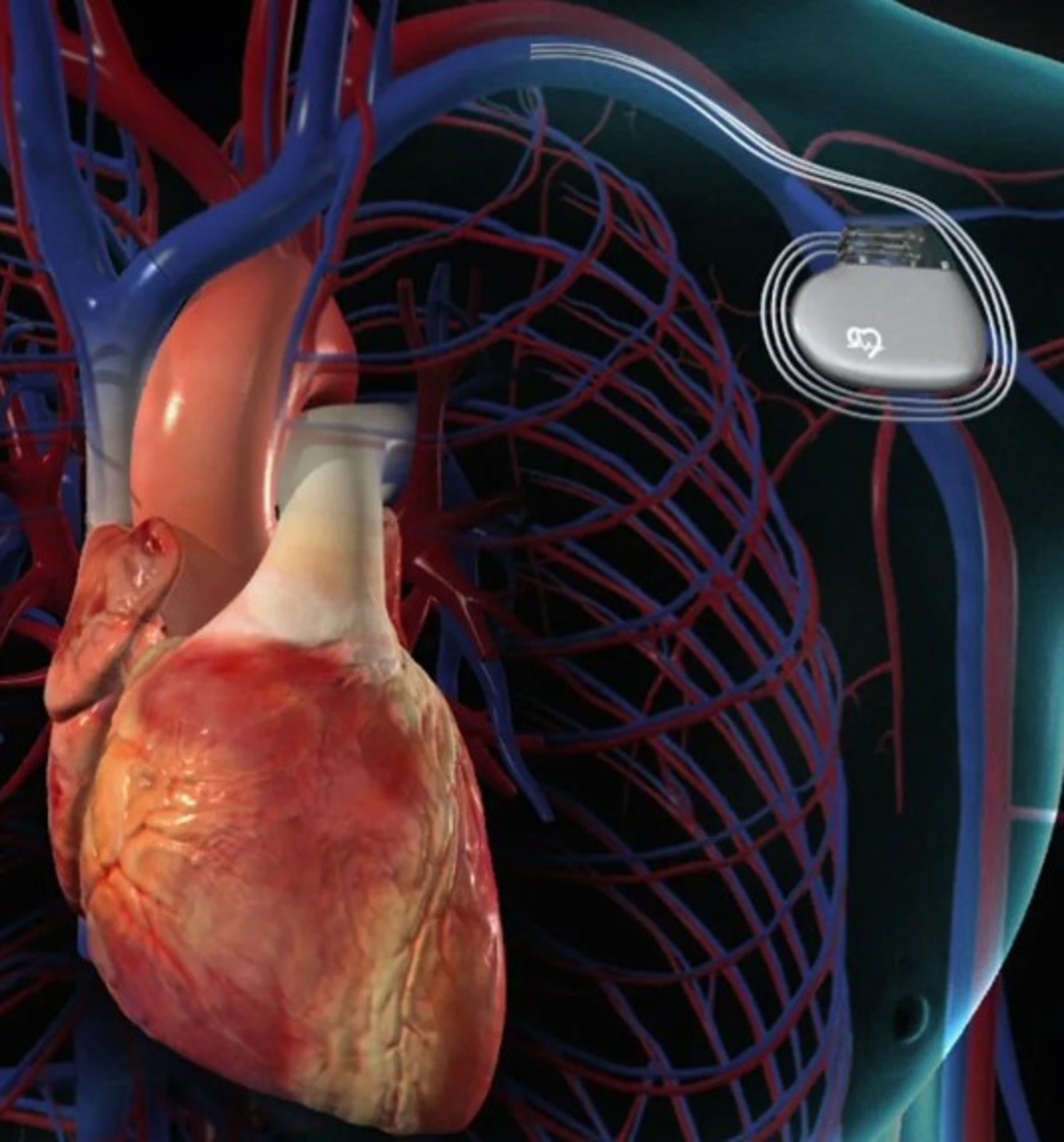
Smartphones and Pacemakers: New Research Unveils Hidden Risks
Recent studies in 2024 have raised concerns about the interaction between smartphones and pacemakers, revealing that these devices may interfere with the proper functioning of implanted cardiac devices, such as pacemakers and implantable cardioverter-defibrillators (ICDs). This interference can lead to malfunctions that, in severe cases, cause the pacemaker to enter “magnet mode,” potentially leading to dangerous health consequences for patients.
How Smartphones and Pacemakers Interact
Modern smartphones and smartwatches contain strong magnets, which are used for various functions, including wireless charging and attachment accessories. These magnets, while convenient for daily use, can disrupt the operation of pacemakers if held too close to the device. Specifically, magnets can trigger pacemakers to enter magnet mode, where the device temporarily stops sensing the patient's heart rhythm and defaults to a constant pacing mode. This can result in irregular heartbeats, dizziness, or even more severe consequences, such as an inability to deliver life-saving shocks when needed
New Guidelines and Precautions
As more smartphones incorporate high-field-strength magnets, regulatory bodies like the FDA have issued warnings and guidelines to minimize these risks. Patients with implanted pacemakers or ICDs are now advised to keep their smartphones at least 6 inches (15 centimeters) away from the implanted device, especially avoiding carrying phones in shirt pockets or using them near the chest. Additionally, checking device performance through home monitoring systems can help detect any interference issues
The potential interference could result in pacemakers failing to detect abnormal heart rhythms, which is a life-threatening situation for patients who rely on these devices to regulate their heartbeats. Some patients might experience painful shocks or symptoms such as fainting or dizziness when the device malfunctions
Fortunately, the overall risk remains relatively low, and most modern pacemakers are designed to mitigate these issues by resuming normal function once the magnetic interference is removed
This research highlights the need for continuous monitoring and regulation of consumer electronics as they evolve. As the use of smartphones and other smart devices continues to grow, particularly with more sophisticated magnetic technologies, the risk of interference with pacemakers and ICDs will require further investigation and potentially stricter guidelines to ensure patient safety.
For patients with pacemakers, understanding these risks and following simple precautions, like keeping electronics at a safe distance, will be key to avoiding potential health risks.










DEJE UN COMENTARIO:
¡Únete a la discusión! Deja un comentario.